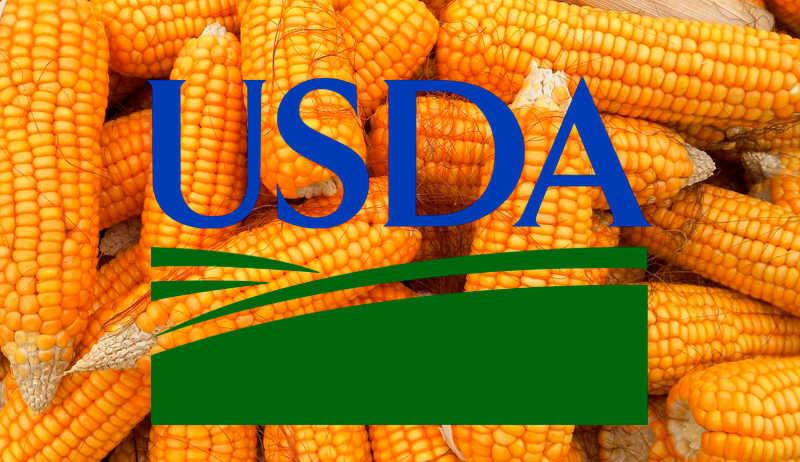U.S.: USDA Report Reveals Lower Maize (Corn) Planting Intentions for 2024, Prompting Price Surge

In a recent development that has stirred the agricultural market, the United States Department of Agriculture (USDA) has unveiled its report on planting intentions for the upcoming year, indicating a notable decline in corn planting intentions in the current year compared to the previous year which is likely to affect the overall sentiments across the global market.
According to the report, farmers across the nation are anticipating planting fewer acres of corn in 2024, citing various factors such as decreased profitability due to lower prices in preceding months and crop rotation strategies. This shift in planting intentions has sparked concerns within the agricultural community, as it could potentially lead to tighter supplies and increased corn prices in the immediate future.
The news of reduced corn planting intentions has already had a significant impact on the market, with corn futures prices experiencing a notable surge. Contracts for future delivery of corn have become more expensive, reflecting market anticipation of a smaller corn crop and the subsequent potential for higher prices.
This development marks a significant turn in the agricultural landscape and is poised to influence market dynamics throughout the upcoming growing season. While some market sentiments had anticipated slightly higher corn acres than the USDA’s estimate of around 91.0 million acres, the consensus suggests a decrease compared to the previous year’s plantings.
As stakeholders closely monitor the evolving situation, the implications of lower corn planting intentions for 2024 remain a focal point of discussion within the agricultural sector. Analysts and industry experts will be closely observing how these developments unfold in the coming months, shaping the trajectory of the corn market and its broader implications for the agricultural industry. The surge in corn futures prices following the USDA report indicates market participants’ expectations of higher prices in the future. This can affect hedging strategies and purchasing decisions for buyers and sellers in the futures market, influencing overall price trends.
At the same time, these changes in corn prices across the United States can have ripple effects on the global market, as the U.S. is considered a major producer and exporter. Higher corn prices domestically may affect international trade patterns and prices, potentially impacting food, and feed markets worldwide. Moreover, demand from the feed industry could rebound at a steady level thereby resulting in a higher import for Corn as a feedstock, thereby contributing to further price escalation amidst the lower supply side. Furthermore, the currency fluctuation might add another layer of complexity supporting this higher price of Corn across the global market.
Read also
Join with the EARLY RATE – 22 International Conference BLACK SEA GRAIN.EUROP...
Ukraine has already exported 80% of the forecasted volume of rapeseed
Australia increased wheat exports by 20% in October
Palm oil prices fell by 5.4% despite lower forecasts for production, exports and s...
Ukrainian ports handled over 90 mln tons of cargo since the beginning of the year
Write to us
Our manager will contact you soon



